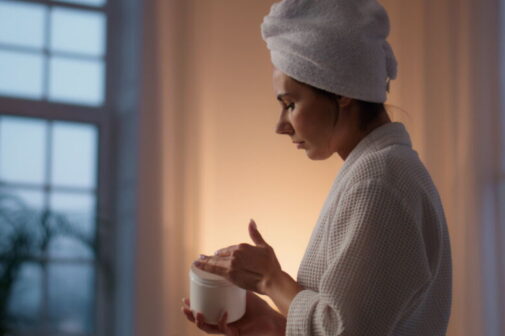Keys to a healthy nap

The Centers for Disease Control and Prevention (CDC) have declared sleep deprivation an “epidemic,” with as many as 50 to 70 million U.S. adults suffering from a sleep or wakefulness disorder. Lack of sleep can lead to serious consequences. The National Department of Transportation estimates drowsy driving to be responsible for 1,550 fatalities and 40,000 nonfatal injuries annually in the U.S. alone.
Exactly how much sleep we need generally changes as we age. But the National Institutes of Health suggests that school-age children need at least 10 hours of sleep daily, teens need 9-10 hours, and adults need 7-8 hours.
If you’re not getting the full amount of sleep each night, perhaps a nap is the answer.
According to the National Sleep Foundation, humans are part of a minority of species that divide our days by a period of sleep and one of wakefulness. Nearly 85 percent of other mammals sleep for short periods throughout the entire day.
Unfortunately, most adult Americans associate napping with either young children or much older adults, but research has shown that a short nap of 20 to 30 minutes can have definite health benefits. As long as you don’t overdo it, that is.
“The reason you don’t want to nap any longer than 20 to 30 minutes,” says Christine McBride, clinical sleep educator at Advocate Condell Medical Center in Libertyville, Illinois, “is that you will achieve what we call ‘N3’ sleep, which is a deep, restful sleep. Your body will store that, and you may have a difficult time sleeping later that night.”
McBride recommends a 20 to 30 minute nap to help get you through your day.
“A lot of companies actually have rooms and special chairs set up for their employees to take a brief nap in the afternoon,” she says.
The benefits of healthy naps include:
- Restoring alertness, enhancing performance, and reducing mistakes and accidents.
- Increasing alertness in the period directly following the nap and may extend alertness a few hours later in the day.
- Psychological benefits. A nap can provide an easy way to get some relaxation and rejuvenation.
So as the weather gets nicer, you may want to take your lunch outside under a shady tree for an afternoon siesta. Just be sure to set the alarm on your phone for 20 minutes.
Related Posts
Comments
3 Comments
About the Author
health enews staff is a group of experienced writers from our Advocate Health Care and Aurora Health Care sites, which also includes freelance or intern writers.


















When I was younger, I used to feel WORSE after taking a nap! But that’s changed now that I’m middle-aged!
I’ve long been an advocate for afternoon siestas. They certainly made staying up late to study in college easier and they are an essential part of my days off work.
It’s rare that I take naps, but when I do I’m even more exhausted when I wake up. Who knows maybe I’m doing it wrong.